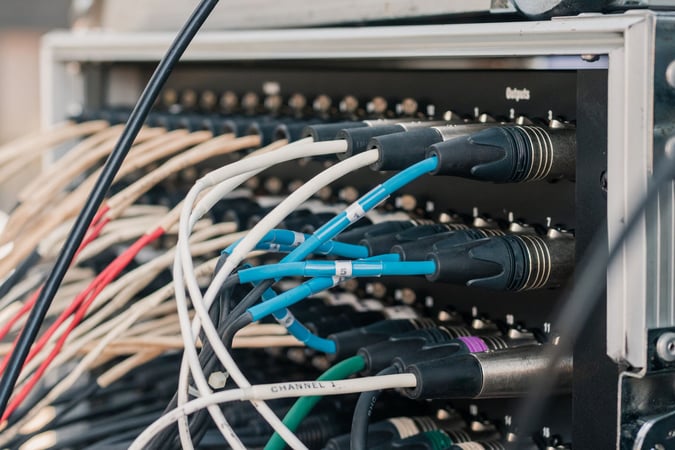Data processing occurs when you collect and manipulate data to unlock value.
Without it, your data won’t offer actionable business insights and your organization might end up paying for data storage that it doesn’t need. Like paying rent for a house that no one lives in, you’ll needlessly waste money.
So, it’s clear that data processing is necessary for the modern business to use data effectively. But how can you deploy it in your organization?
Let‘s first define what data processing is, then explore the seven stages of the process.
What is data processing?
Here’s a quick definition of data processing:
Data processing involves collecting and manipulating data to make it usable and more valuable. Starting with data in its raw form, data processing then alters it into a format that computers and other people can use to help them achieve a result.
What are the 7 stages of data processing?
Performing data processing is easier when you understand its framework.
The seven stages of data processing are:
- Data gathering. Here, you bring in data from all your sources. It’s important to use trust-worthy, verified sources.
- Data storage. You now need to store your data in the right place, for example, in a data warehouse, data vault, or data lake. Here’s our guide on the difference between these.
- Data preparation. Next, you must prepare your data. This involves improving data quality. Here are the six metrics you'll need to consider for this.
- Data processing. Now, processing of some kind occurs, e.g., verification, transformation, organization.
- Data storage. Data is now stored for use in the future. It’s always important to ensure storage complies with data regulations such as the GDPR.
- Data analysis. Here, you analyze and interpret data to understand and demonstrate a particular result or decision.
- Data presentation. Finally, you can present the data in the form that makes sense, such as an Excel table or a graph.
By following the seven stages of data processing, you’ll manipulate data effectively and extract the value from it you need. The next question is: do you do it manually or with an automated solution?
Manual vs. automated data processing
Consider the analogy of travelling somewhere. If you’re going somewhere that’s close by, you’ll decide to walk. However, for a long distance, you’ll choose to use a vehicle.
It’s the same for data processing. At a small scale, you can use a manual solution. However, when dealing with a large amount of data, you need to use an automated solution.
Put simply: trying to ‘walk it’ when you have a large number of data tables across multiple systems will drive you mad and take too much time.
Automated solutions, like CloverDX, can make processing data at scale easier. This takes the weight off your IT team so they can focus on innovation, rather than spend their time manually loading and cleaning data.
If you’d like a conversation with our team regarding this, reach out today.
![What Is Data Processing? [Definition And The Seven Stages]](https://www.cloverdx.com/hubfs/What%20Is%20Data%20Processing%20%5BDefinition%20And%20The%20Seven%20Stages%5D.png)








